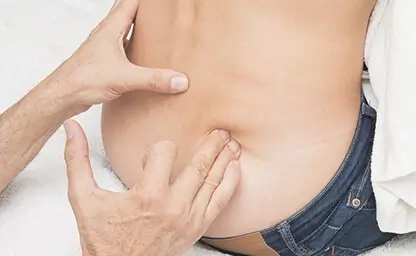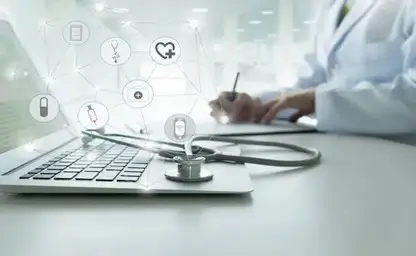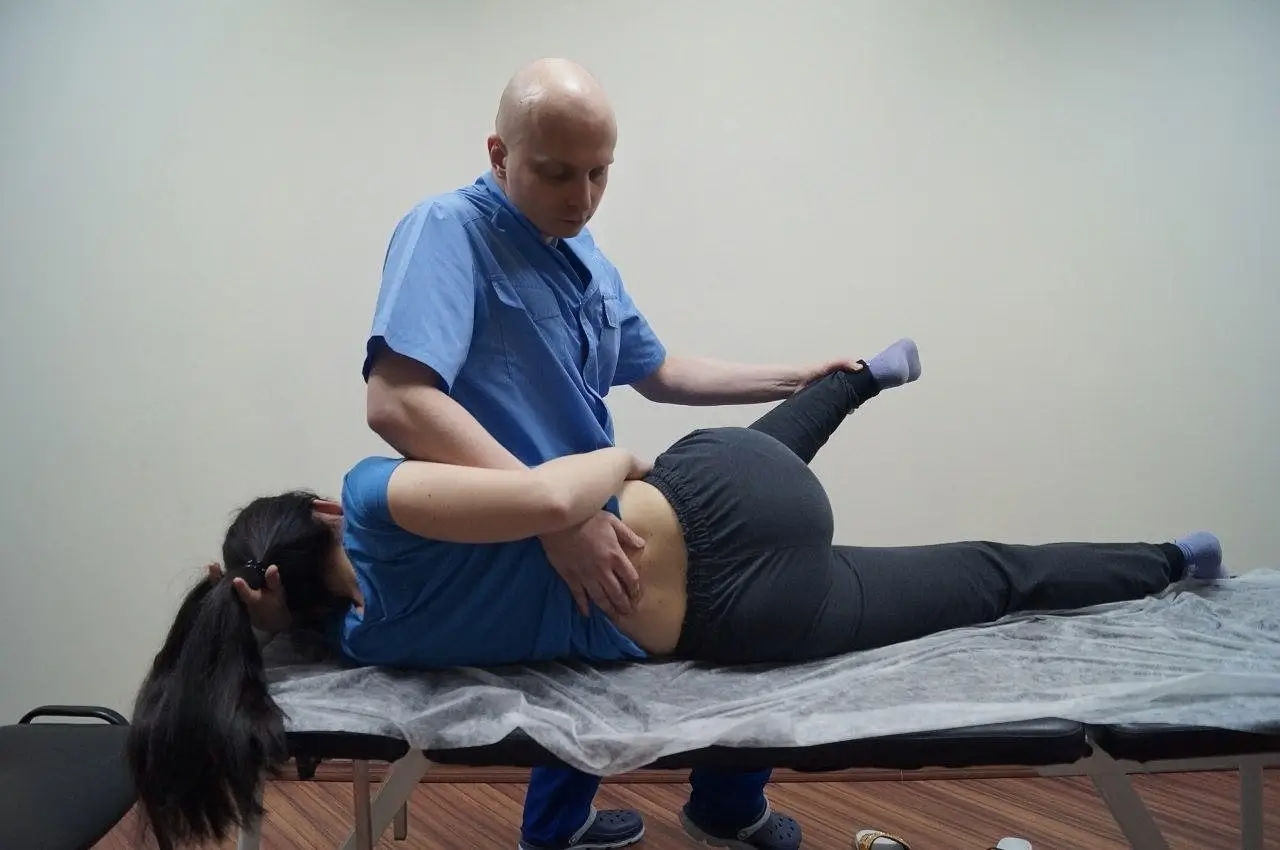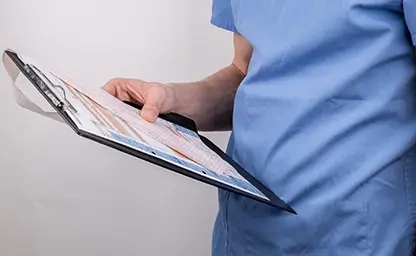

Myofascial Release - MFR Treatment
MFR
The origins of myofascial release can be traced back to the work of the great Andrew Taylor Still. Working with patients, he was the first to notice the interconnection of fascial structures and their influence on the overall condition of the body. Later, Ida Rolf opened a new chapter in understanding fascial work through structural integration with her innovative approach. John Barnes systematized this knowledge in the 1970s, creating the basic method of MFR treatment.
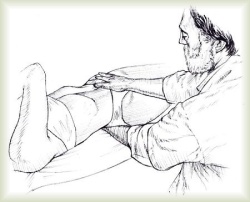 In the modern world, the technique continues to evolve thanks to masters such as Thomas Myers, who created the concept of anatomical trains, Luigi Stecco, who developed the method of fascial manipulation, and Jean-Pierre Barral, who made an invaluable contribution to understanding visceral fascial connections. Robert Schleip and his research on fascial innervation allowed us to better understand the mechanisms of pain syndromes and their connection to fascial structures.
In the modern world, the technique continues to evolve thanks to masters such as Thomas Myers, who created the concept of anatomical trains, Luigi Stecco, who developed the method of fascial manipulation, and Jean-Pierre Barral, who made an invaluable contribution to understanding visceral fascial connections. Robert Schleip and his research on fascial innervation allowed us to better understand the mechanisms of pain syndromes and their connection to fascial structures.
Definition and Mechanism of Action
In my practice, I constantly encounter how the body responds to trauma and stress with protective tensions and associated tissue densification and mobility restrictions. These tensions are a kind of cry for help from our body; the organism tries to protect itself by creating musculofascial blocks. However, this protection often becomes part of the problem, creating a vicious cycle of tension and pain.
Fascia and Connective Tissue
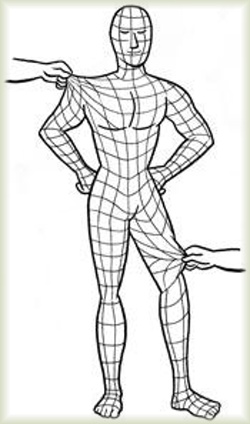
Fascia is not just a shell; it's a complex communication network that penetrates the entire body from surface to depth.
Structural Organization:
- Superficial fascia - located directly under the skin, contains adipose tissue and regulates thermoregulation
- Deep fascia - dense connective tissue membrane surrounding muscles and internal organs
- Visceral fascia - surrounds internal organs and creates pathways for their movement
- Perivascular fascia - accompanies blood vessels
- Perineural fascia - surrounds nerves and nerve endings
Biomechanical Properties:
- Thixotropy - ability to change its aggregate state under mechanical load
- Piezoelectric effect - generation of electrical charge during mechanical deformation
- Viscoelasticity - ability to both stretch and return to its original position
- Plasticity - ability to maintain a new shape after prolonged exposure
Functional Features:
- Proprioceptive sensitivity due to rich innervation
- Mechanotransduction - ability to convert mechanical signals into biochemical ones
- Participation in immune responses of the body
- Role in maintaining tissue hydration
Main Release Directions
- Direct release - working directly with the problem area. Here it's important to feel the tissues and their readiness for change.
- Indirect release - the art of following the tissues. We allow the body to show its own path to healing, only gently guiding this process.
- Combined approach - used in complex cases when deeper tissue work is required.
Mechanism of Action
Mechanical Level:
- Restoration of mobility between tissue layers
- Softening of fascial densifications
- Improvement of tissue gliding
Physiological Level:
- Improvement of microcirculation
- Enhancement of lymph drainage
- Activation of local metabolism
Neurophysiological Level:
- Normalization of proprioception
- Reduction of pain sensitivity
- Restoration of normal muscle tone
Application of MFR Treatment
Including in sports medicine, neurology, orthopedics:
- In treating headaches
- For relieving muscle spasms
- When working with neuralgias
- When working with back pain
- For posture correction
- In post-operative rehabilitation
- In recovery after injuries
- For injury prevention
- In preparation for competitions
Technique Implementation
In the work, it's important to remember the main rule - the gentler the impact, the better the result. Brute force is the enemy of myofascial release. It's important to feel the timing of the thixotropic reaction - usually this is 90-120 seconds of holding the technique until the tissues begin to "melt" under your hands. During the release, you can feel the characteristic warming of tissues, which indicates increased local blood circulation and the beginning of the recovery process.
The patient's body is not an object of influence but a partner in the healing process. With the right approach, the patient experiences comfort and relaxation, even when we are working with painful areas. Listen to the patient's body, follow it, and it will show the right path to health restoration.
☛ Deep connective tissue massage.
☛ Facilitated Positional Release Technique.
